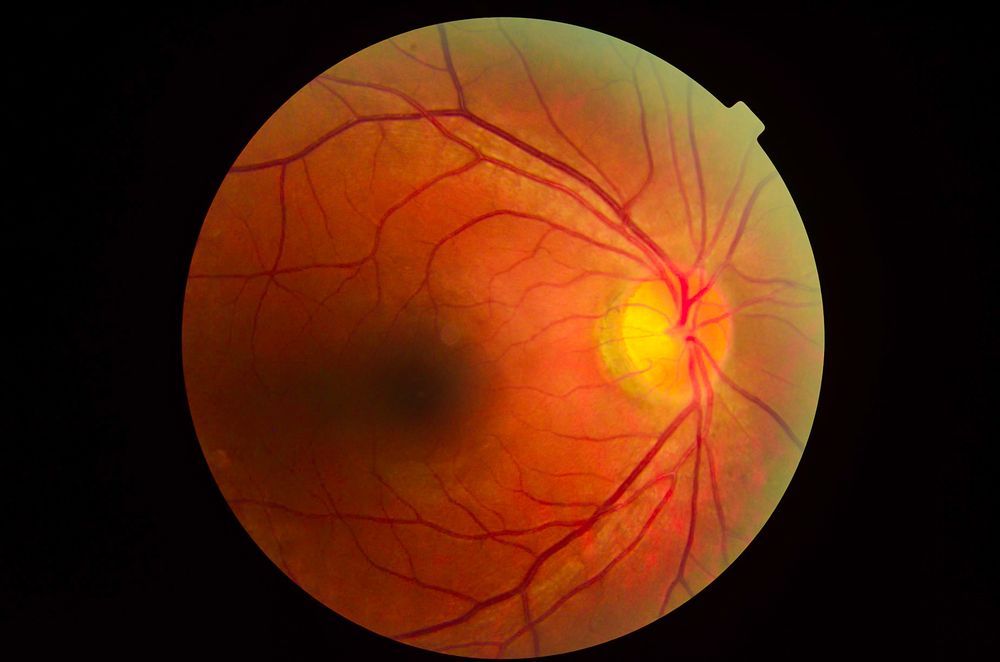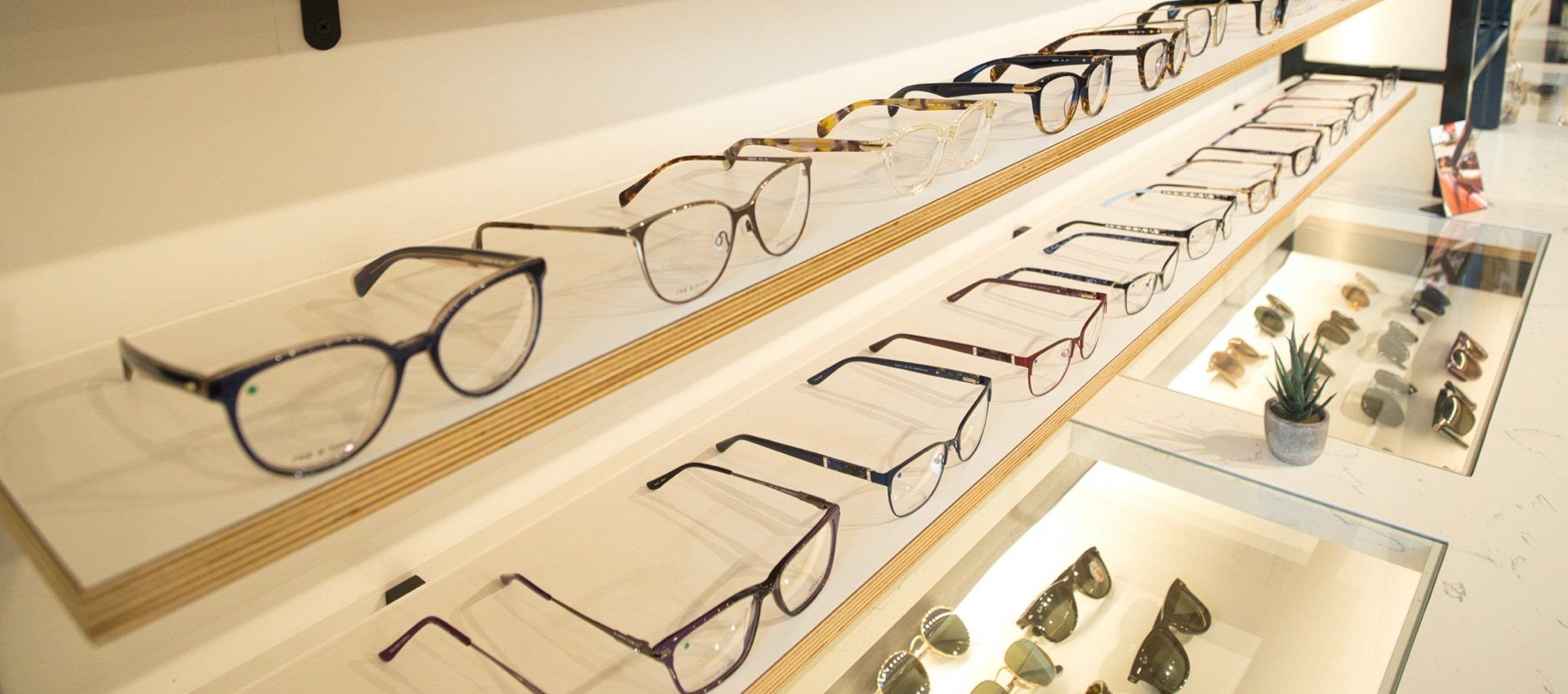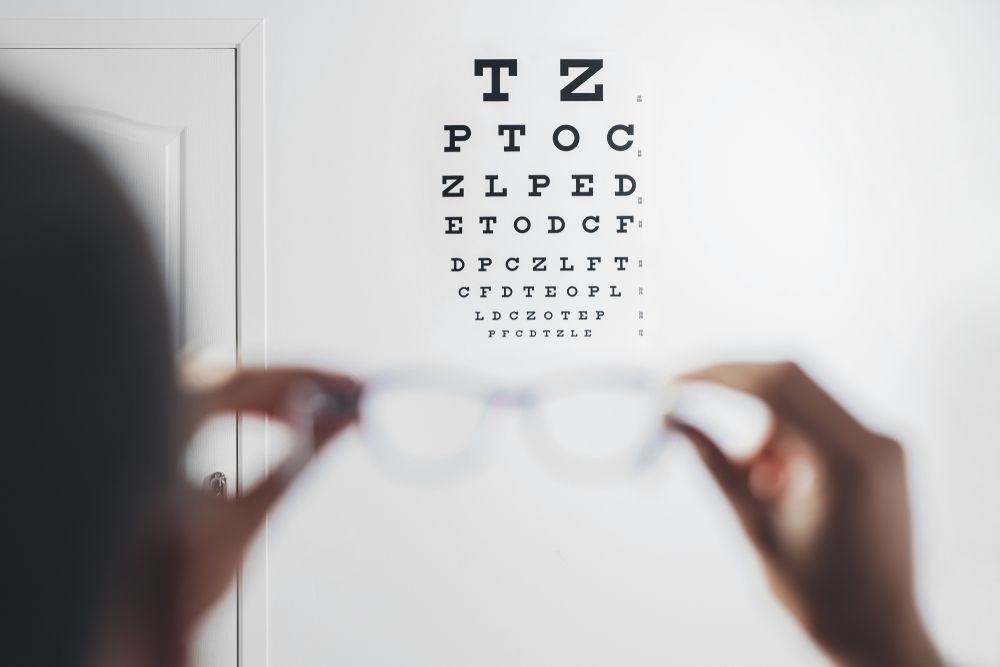Shades of Perception: How to Identify Signs of Color Blindness
Have you ever had friends or family raise an eyebrow at your distinct taste in color combinations and patterns? While we all have our own sense of style, your unique choices might not just be a fashion statement. It's possible that color blindness is adding an unexpected twist to your wardrobe decisions. So, it might not be just about fashion after all!
Color blindness, also known as color vision deficiency (CVD), is a visual impairment that affects how a person perceives certain colors. Contrary to its name, most people with color blindness can see colors, but they might see them differently from how others do. Let's delve deeper into the various types and nuances of this condition.
What is Color Blindness?
At the back of our eyes, in the retina, are two types of cells responsible for our vision: rods and cones. Cones are the cells that detect color. In the human eye, there are three types of cone cells, each sensitive to a specific range of light wavelengths – red, green, and blue. Color blindness occurs when one or more of these cone types are absent or malfunctioning.
Types of Color Blindness
Red-Green Color Blindness: This is the most common type. It includes:
- Protanomaly (reduced red sensitivity): Red, orange, and yellow can appear greener and colors are not as bright.
- Protanopia (absence of red cones): Red appears as black. Certain shades of orange, yellow, and green all appear as yellow.
- Deuteranomaly (reduced green sensitivity): Yellow and green appear redder and it is difficult to tell violet from blue.
- Deuteranopia (absence of green cones): Red looks brownish-yellow and green looks beige.
Blue-Yellow Color Blindness: Less common than red-green. It includes:
- Tritanomaly (reduced blue sensitivity): Blue appears greener, and it can be difficult to tell yellow and red from pink.
- Tritanopia (absence of blue cones): Blue appears as green and yellow appears as violet or light grey.
Total Color Blindness (Monochromacy): Very rare. It includes:
- Cone Monochromacy: Only one type of cone works properly, which affects accurate color perception.
- Rod Monochromacy or Achromatopsia: No cones work correctly, resulting in no true color perception.
Signs of Color Blindness in Children
By the time we are adults, most of us will have an idea of whether or not we are colorblind. However, it can be harder for children to express difficulties, and in most cases, they may not be aware that what they are seeing is different from what everyone else sees. Here are some symptoms of color vision deficiency you can look out for:
- Using the wrong colors for an object when coloring (keep in mind this could just be artistic expression).
- Complaints of eyes or head hurting when looking at something red on a green background or vice versa
- Low attention span when coloring
- Identification of colors seeming worse in low light conditions, small areas of color, and with colors of the same hue
- Difficulty distinguishing colors or making mistakes when identifying colors.
- Smelling food before eating
- Sensitivity to bright lights
- Problems identifying red or green crayons, colored pencils, or any other color with red or green in its composition such as purple or brown.
- Trouble reading worksheets with colored pages or with color-on-color composition
Causes of Color Blindness
The majority of color blindness cases are inherited and present at birth. The genes responsible for this condition are found on the X chromosome, making it more common in males. However, certain diseases, medications, or aging can also affect color perception.
How Color Blindness Affects Daily Life
While many with color blindness adapt and develop strategies to differentiate colors, some daily challenges might include:
- Interpreting traffic lights.
- Matching clothes or determining the ripeness of fruits by color.
- Reading graphs, charts, or maps that use color coding.
- Interacting with digital screens that rely heavily on color differentiation.
Understanding your color vision and its unique characteristics is essential, not just for your wardrobe choices, but for navigating daily life with ease and confidence. If you've ever found yourself puzzled by color choices or faced difficulties distinguishing certain shades, it might be time to explore the possibility of color vision deficiency. Early detection and understanding of your color perception can significantly improve your quality of life, from selecting clothing to interpreting signs and symbols in the world around you. If you suspect color blindness may be shaping how you or your child see the world,
contact us for a comprehensive eye exam. Our doctors can use specialized tests to determine the type and severity of color vision deficiency and provide proper diagnosis and guidance on resources and tools available. In the meantime, you can also
visit Enchroma for a free color vision screener. Just keep in mind that only an eye care professional can give you a true medical diagnosis of color blindness.











